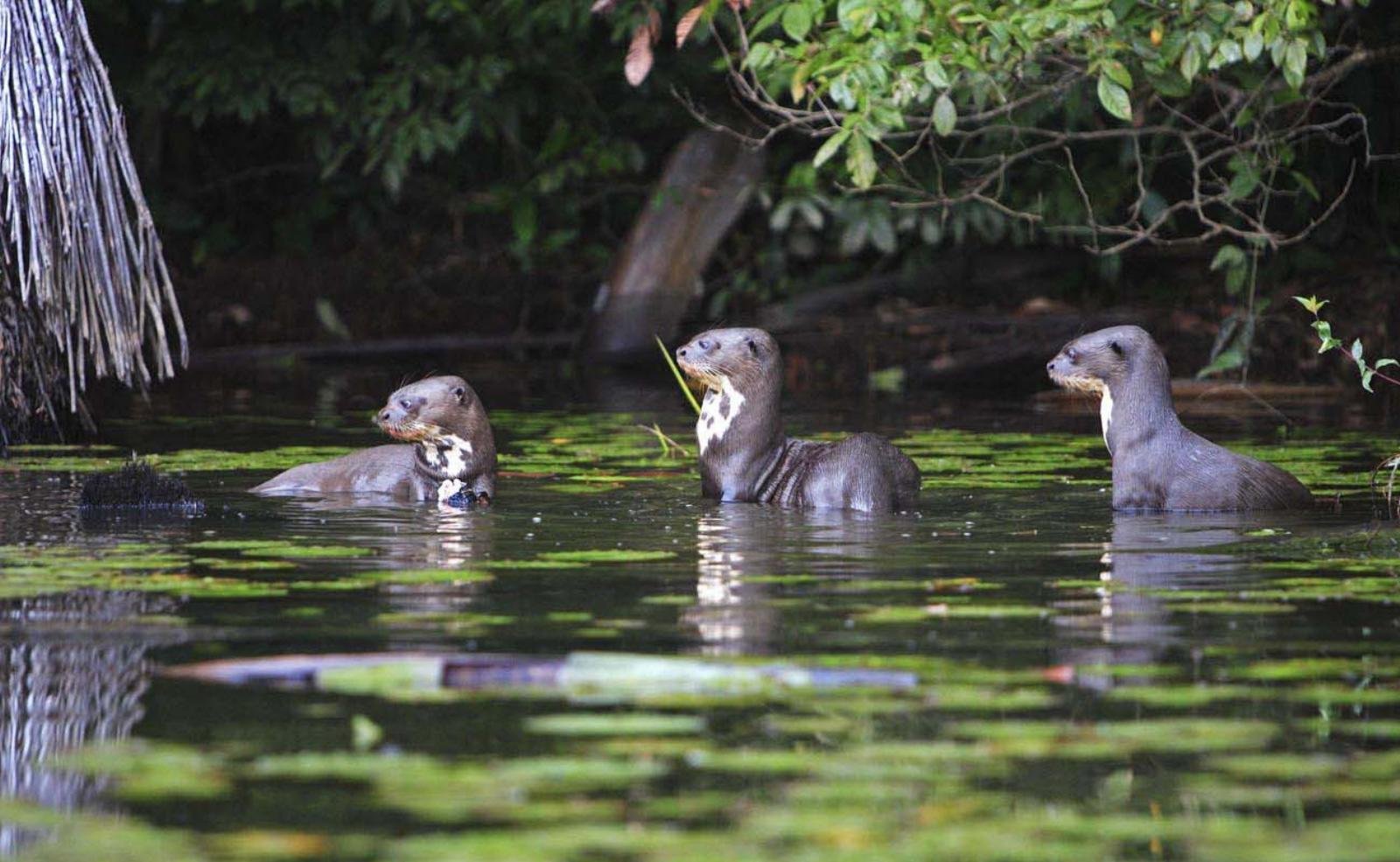A New Study Shows Protecting 1.2% of Earth’s Land Could Save Most Threatened Species
"Protecting just 1.2% of the Earth’s surface for nature would be enough to prevent the extinction of the world’s most threatened species."
The research paper, Published by Frontiers of Science and primarily authored by Dr. Eric Dinerstein, has identified 16,825 places worldwide where focusing on conservation efforts would effectively avert the extinction of thousands of endemic species.
It states that, “There is an urgent need to prioritize the conservation of habitats of rare and threatened species as part of a larger global biodiversity strategy.” By using studies that determined the rarity of endemic species globally from 2018-2023, scientists will be able to determine the progress of future protected sites globally.
A mere 1.2% of the entire land mass could protect enough wildlife to prevent the current 6th extinction event from killing most threatened species today. “The Conservation Imperatives identified in this study are highly concentrated, requiring only ~164 Mha globally to avoid extinctions; this equates to only 1.22% of the Earth’s entire terrestrial surface and 0.74% of land in the tropics.”
Fitz Roy mountain panorama, in the Southern Patagonia, on the border between Argentina and Chile. Photo by Shcherbina Valeriy/Shutterstock
“Conservation Imperatives,” which the study identifies as highly-concentrated pockets of unique species contained within small, unprotected areas, are the main aim of future protection efforts. “The top five countries in the world with the highest number of Conservation Imperatives are the Philippines, Brazil, Indonesia, Madagascar, and Colombia, and together they account for 59% of all sites globally. Over 87% of all Conservation Imperatives occur in just 30 countries.”
As part of the UN biodiversity targets in 2022, states committed to safeguarding thirty percent of the planet for wildlife. This is one of more than twenty aims aimed at stopping the global deforestation epidemic by the end of this decade. The UN estimates that 16.6% of the planet's land area and inland waters are protected, and some nations are now debating where to add more conservation areas.
Land acquisition with the goals of preserving natural ecosystems can halt deforestation efforts in order to prevent the extinction of unique and endemic species. Photo by Joshua Asel.
The study did discover, however, that governments frequently failed to protect the biodiverse places that most urgently needed to be protected. According to the authors' estimates, the most vulnerable species were present at only 7% of the sites in newly created protected areas between 2018 and 2023.
Researchers estimated that over the next five years, protecting the important sites they identify will cover 1.6 million sq km (or 630,000 sq miles) and cost between $29 and $46 billion (or £23 and £36 billion). The creation of protected areas on government-owned land, the expansion of Indigenous rights and land titles, and land purchases could all be used to achieve this.
Conclusion
The study shows that the 30x30 goals, which expand the global land protected area to at least 30% by 2030, are simply not enough. Specific locations targeting the protection of unique, threatened species within highly concentrated biodiversity areas needs to take priority. “Embedded in the area-based approach, however, should be the commitment to protecting irreplaceable sites harboring rare and endangered biodiversity as we strive towards 30×30.”
Future protected areas need to take into account local communities safety and livelihoods, finding out the best ways to promote coexistence for each location. Here, an African elephant is seen just outside farmlands, which it had just been chased out from. Photo by Marcus Westberg.
Global Conservation Contributes Towards Ground-breaking Paper
GC’s Dr. Gerardo Ceballos, Advisory Board Member, and Oliver Fankem, Director of Central Africa, each contributed towards the groundbreaking research paper.
Alongside the primary contributor organization, RESOLVE, Global Conservation itself is listed as one of the contributing organizations, which also includes the International Union for Conservation of Nature (IUCN), the Wildlife Institue of India, and Stanford University, among others.
GC Executive Director Jeff Morgan previously talked with Forbes and Mongabay Magazines about targeting 3% of natural ecosystems for protection to accelerate the 30x30 goals.





